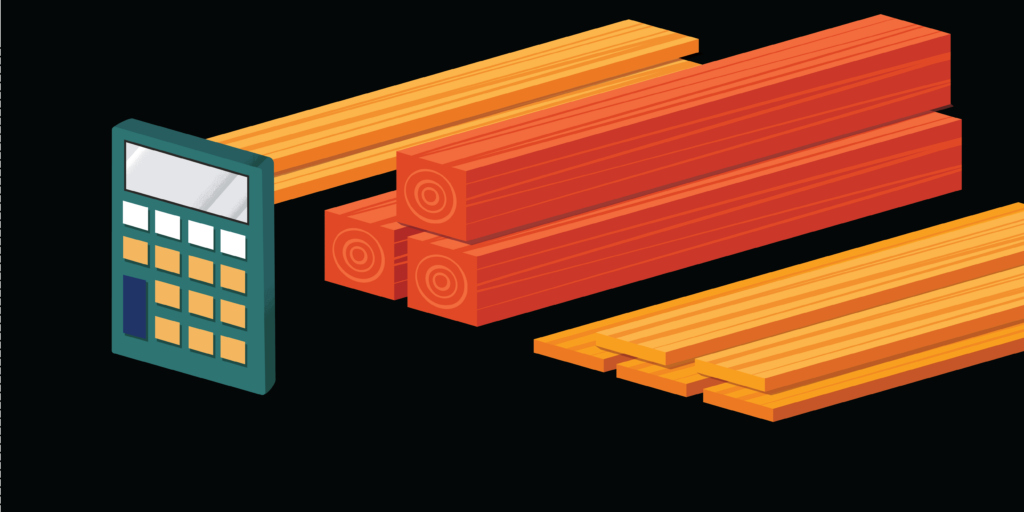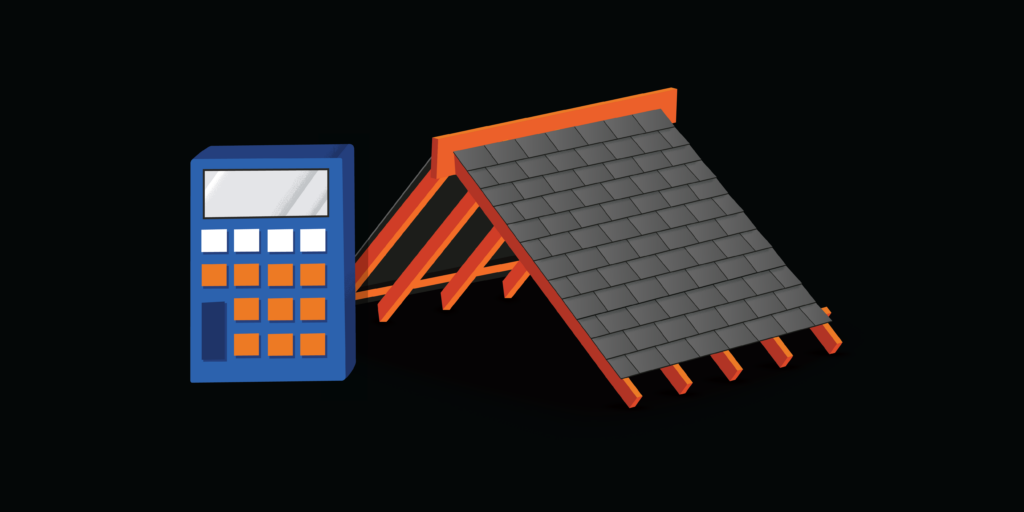— 3 min read
Rebar Calculator

Last Updated Jul 11, 2024

Jonny Finity
Senior Content Manager
28 articles
Jonny Finity creates and manages educational content at Procore. In past roles, he worked for residential developers in Virginia and a commercial general contractor in Bar Harbor, Maine. Jonny holds a BBA in Financial Economics from James Madison University. He lives in New Orleans.
Last Updated Jul 11, 2024
Use the rebar calculator to estimate the amount of material required for a concrete pour or paving project.
Table of contents
What is Rebar?
Rebar beams are reinforced steel rods cut to various dimensions and inserted into concrete slabs or blocks. The beams are cut with a rigid pattern to help improve adhesion to the concrete and sized according to the build. Rebar provides structural support, improving the strength and reducing the tensile stress of the end product.
Concrete is capable of withstanding some serious compression stress, but doesn’t hold up quite as well against tension. Because of this, contractors incorporate rebar into almost every concrete structure, from foundations to swimming pools to driveways. With proper installation and spacing, rebar can help to reduce the risk of failure.
Related: Concrete Calculators
How to Calculate Rebar Needs
Ensuring that you have the correct quantity and gauge of rebar is essential for the strength and durability of your finished product. The information below will explain the process of measuring the required surface area and depth of the pour, as well as how to determine the appropriate rebar gauge and the number of pieces necessary for your project.
1. Measure surface area and depth.
Start by measuring the length and width of the area where the concrete will be poured. For rectangular areas, multiply the length by the width. For irregular shapes, break the area down into smaller, more manageable geometric shapes, compute their individual areas, and sum them up. Always ensure to use consistent units (e.g., feet or meters) and double-check your measurements for accuracy.
The depth or thickness of the pour is crucial, as it will influence the amount of concrete, and consequently, the amount of rebar required for structural integrity.
2. Determine the rebar gauge.
The gauge, or diameter, of the rebar is selected based on the purpose and the load-bearing requirements of the structure: For standard residential concrete slabs, #3 (3/8 inch diameter) to #5 (5/8 inch diameter) rebar is typically used.
For driveways and patios, #4 (1/2 inch diameter) rebar is a common choice. Industrial or commercial projects might necessitate thicker rebar gauges, such as #6 (3/4 inch diameter) and above. Always consult with an engineer or local building codes to ensure the correct rebar gauge is chosen for your specific project.
3. Estimate the number of rebar pieces.
Once you've ascertained the surface area and chosen the rebar gauge, the final step is to calculate the number of rebar pieces needed, which depends on the spacing between them.
Rebar is commonly spaced at intervals of 18 to 24 inches, center-to-center, both ways in a grid pattern, and fastened together with wire where they meet. However, this can vary based on specific project needs.
To estimate the number of rebars for the length, divide the length of the pour by the chosen spacing. Similarly, for the width, divide the width of the pour by the spacing. Multiply the two results to get the total number of rebars required for the grid.
Remember, accurate measurements and consultations with professionals will ensure the structural integrity and longevity of your project.
Was this article helpful?
Thank you for your submission.
76%
24%
You voted that this article was . Was this a mistake? If so, change your vote
Scroll less, learn more about construction.
Subscribe to The Blueprint, Procore’s construction newsletter, to get content from industry experts delivered straight to your inbox.
By clicking this button, you agree to our Privacy Notice and Terms of Service.
Thank you!
You’re signed up to receive The Blueprint newsletter from Procore. You can unsubscribe at any time.
Categories:
Written by

Jonny Finity
Senior Content Manager | Procore
28 articles
Jonny Finity creates and manages educational content at Procore. In past roles, he worked for residential developers in Virginia and a commercial general contractor in Bar Harbor, Maine. Jonny holds a BBA in Financial Economics from James Madison University. He lives in New Orleans.
View profileExplore more helpful resources

Board Foot Calculator
Use the calculator to calculate the number of board feet in a piece of wood or lumber. What is a Board Foot? A board foot is a unit of volume,...

Roof Sheathing Calculator
Use the roof sheathing calculator to estimate the number of sheathing panels required to cover a roof. How to Calculate Roof Sheathing Requirements Estimating the correct number of roof sheathing...

Asphalt Shingle Calculator
Use the asphalt shingle calculator to estimate the amount of material required to cover a roof. How to Estimate Asphalt Shingle Needs This article will guide you on how to...

Asphalt Calculator
Use the asphalt calculator to estimate the amount of material required for a paving project. How to Estimate Asphalt For any paving project, accurately estimating the amount of asphalt required...
Free Tools
Calculators
Use our calculators to estimate the cost of construction materials for your next project.
Templates
Find a template to help you with your construction project tasks.
Material Price Tracker
Get the latest U.S. retail prices and view historical trends for common building materials.
Glossary
Explore key terms and phrases used in the industry.
